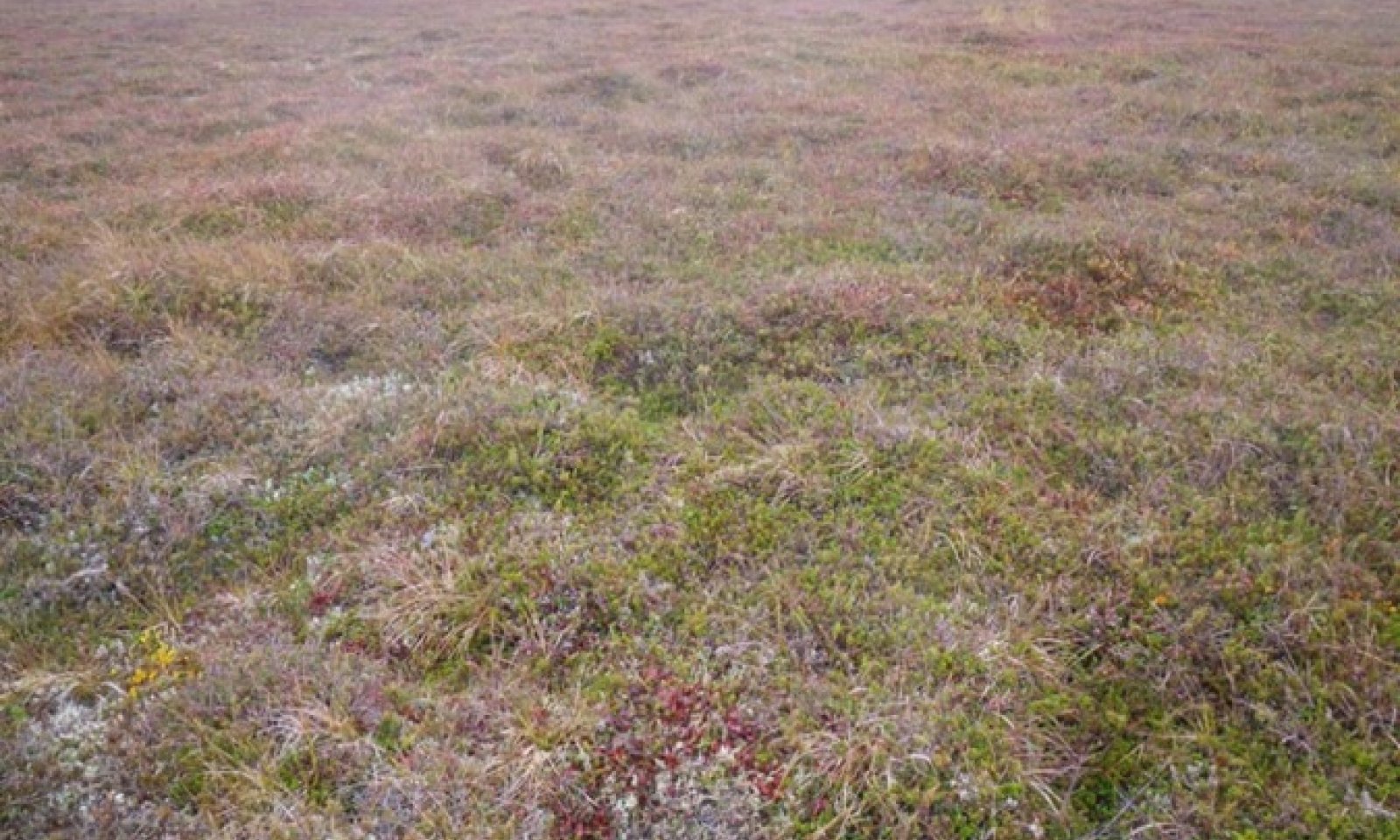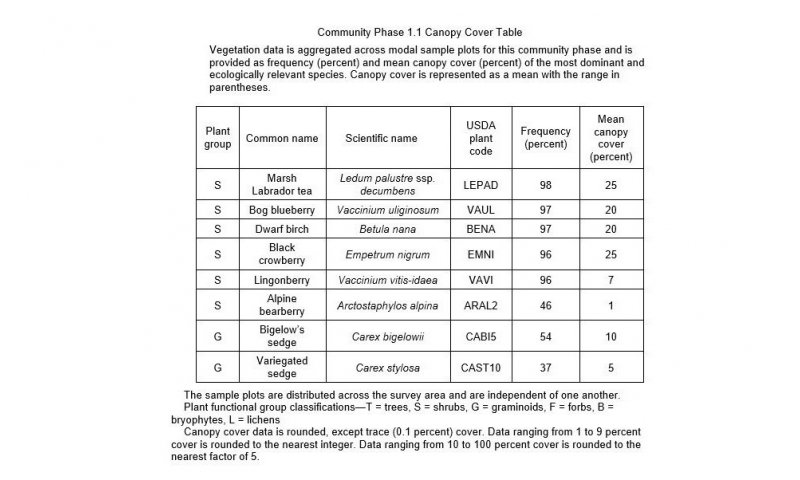

Natural Resources
Conservation Service
Ecological site R236XY130AK
Subarctic Scrub Scrub Tundra Loamy Plains and Hills
Last updated: 2/13/2024
Accessed: 12/07/2025
General information
Provisional. A provisional ecological site description has undergone quality control and quality assurance review. It contains a working state and transition model and enough information to identify the ecological site.
MLRA notes
Major Land Resource Area (MLRA): 236X–Bristol Bay-Northern Alaska Peninsula Lowlands
The Bristol Bay-Northern Alaska Peninsula Lowland Major Land Resource Area (MLRA 236) is located in Western Alaska. This MLRA covers approximately 19,500 square miles and is defined by an expanse of nearly level to rolling lowlands, uplands and low to moderate hills bordered by long, mountain footslopes. Major rivers include the Egegik, Mulchatna, Naknek, Nushagak, and Wood River. MLRA 236 is in the zone of discontinuous permafrost. It is primarily in areas with finer textured soils on terraces, rolling uplands and footslopes. This MLRA was glaciated during the early to middle Pleistocene. Moraine and glaciofluvial deposits cover around sixty percent of the MLRA. Alluvium and coastal deposits make up a large portion of the remaining area (Kautz et al., 2012; USDA, 2006).
Climate patterns across this MLRA shift as one moves away from the coast. A maritime climate is prominent along the coast, while continental weather, commonly associated with Interior Alaska, is more influential inland. Across the MLRA, summers are general short and warm while winters are long and cold. Mean annual precipitation is 13 to 50 inches, with increased precipitation at higher elevations and areas away from the coast. Mean annual temperatures is between 30 and 36 degrees F (USDA, 2006).
The Bristol Bay-Northern Alaska Peninsula MLRA is principally undeveloped wilderness. Federally managed land includes parts of the Katmai and Aniakchak National Parks, and the Alaska Peninsula, Becharof, Togiak and Alaska Maritime National Wildlife Refuges. The MLRA is sparsely populated. Principal communities include Dillingham, Naknek, and King Salmon. Commercial fishing in Bristol Bay and the Bering Sea comprises a major part of economic activity in the MLRA. Other land uses include subsistence activities (fishing, hunting, and gathering) and sport hunting and fishing (USDA, 2006).
Classification relationships
Alaska Vegetation Classification:
Open low scrubland (II.C.2 - level III) / Shrub birch-ericaceous shrub bog (II.C.2.d - level IV)
(Viereck et al., 1992)
LandFire BioPhysical Settings Model
Alaska Arctic Scrub Birch-Ericaceous Shrubland – Infrequent Fire- 7616821 (LandFire BpS, 2009)
Ecological site concept
This ecological site is on hill and plain toeslopes, talfs, and rises. Site elevation is roughly between 150 and 1,000 feet above sea level. Slope gradients are nearly level to strong (0 – 13 percent). Site characteristics, soil hydrology, and low soil fertility and acidity shape the vegetation on this landform. This site is on exposed convex slopes, which restricts vegetation to low growing and prostrate shrubs and herbaceous species. A water table at the beginning of the growing season further restricts plant life. Cryoturbation also shapes the reference plant community.
The reference state supports one communities. The reference plant community is characterized as an open ericaceous shrubland (Viereck et al., 1992). It is composed of a mix of ericaceous shrubs with hydrophytic sedges throughout.
Associated sites
| F236XY171AK |
Subarctic Woodland Loamy Slopes Both sites are on plain landscapes. R236XY171 describes boreal plain talfs. The wet soils support a black spruce woodland not found in R236XY130AK. |
|---|---|
| R236XY140AK |
Subarctic Tussock Tundra Wet Loamy Plains Both sites are on hill landscapes. R236XY140AK is associated with linear talf positions and it is frequently found near or adjacent to organic depressions and drainageways. The mucky peat, poorly drained soil and minimal slope support an aquic soil moisture regime with frequent ponding and a very shallow water table at the beginning of the growing season. Hydrophytic vegetation defines this site. |
| R236XY132AK |
Subarctic Dwarf Scrub Dry Loamy Slopes Both sites are on hill landscapes, though R236XY132AK is more common on glaciated landscapes. R236XY132AK is associated with drier soils with a thinner organic horizon and greater subsurface rock fragments. |
Similar sites
| R236XY132AK |
Subarctic Dwarf Scrub Dry Loamy Slopes Both sites are on hill and plain landscapes and support common ericaceous shrub species and sedges. However, community composition between these sites differs, as does species richness. Vegetative differences are driven by differences in slope position (shoulders versus toeslopes) and soil characteristics. |
|---|
Table 1. Dominant plant species
| Tree |
Not specified |
|---|---|
| Shrub |
(1) Ledum palustre subsp. decumbens |
| Herbaceous |
(1) Carex bigelowii |
Click on box and path labels to scroll to the respective text.

